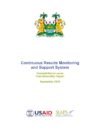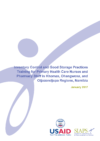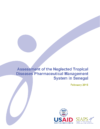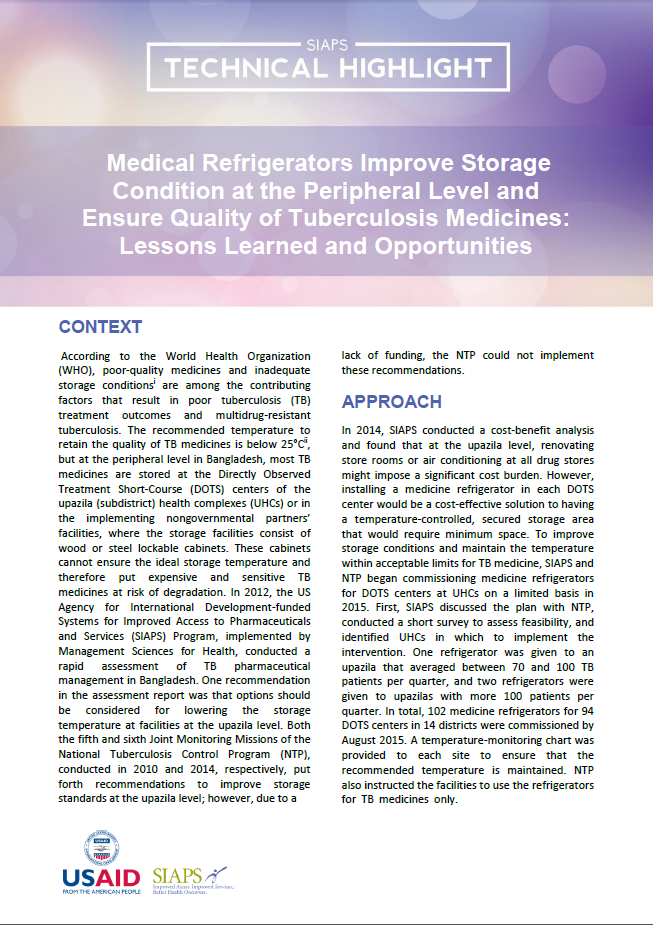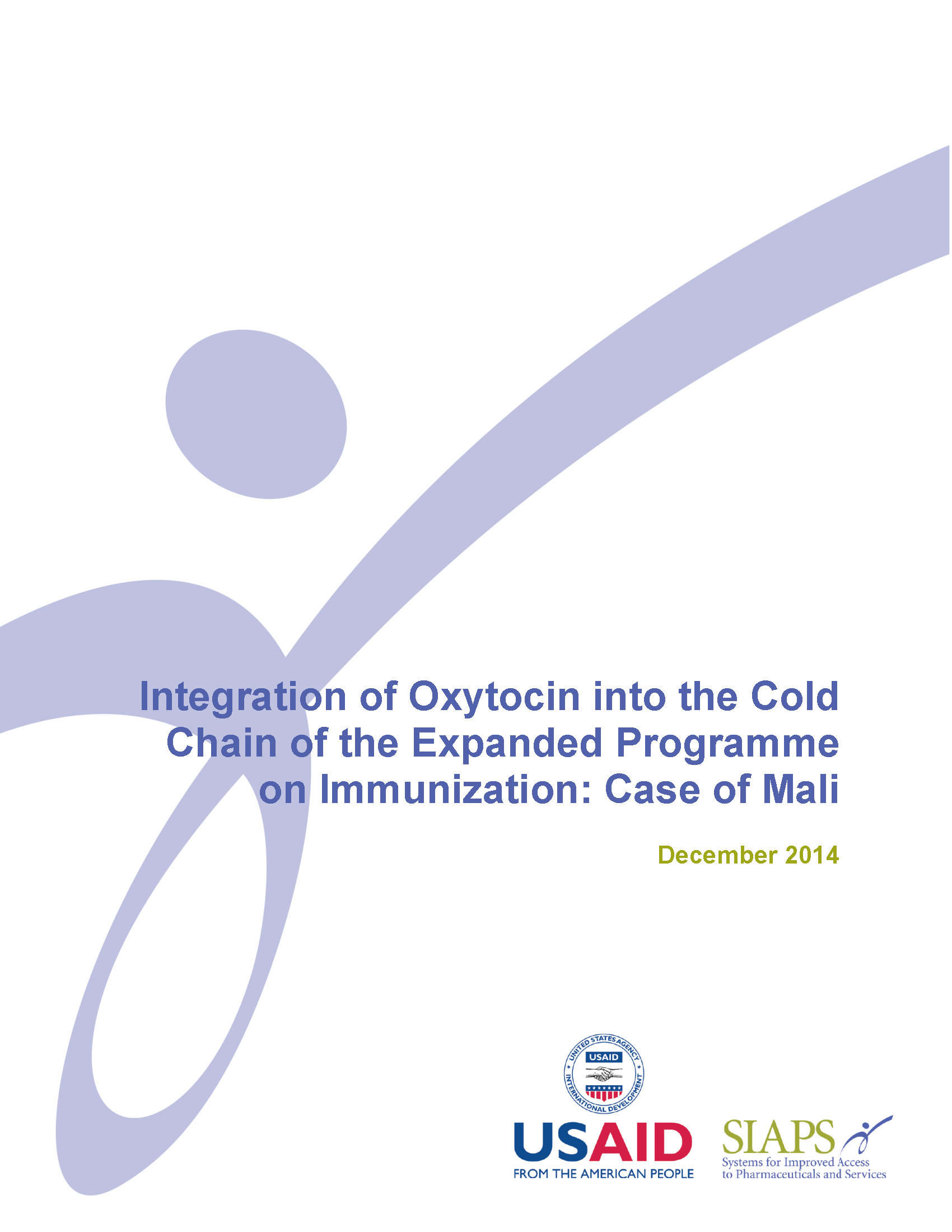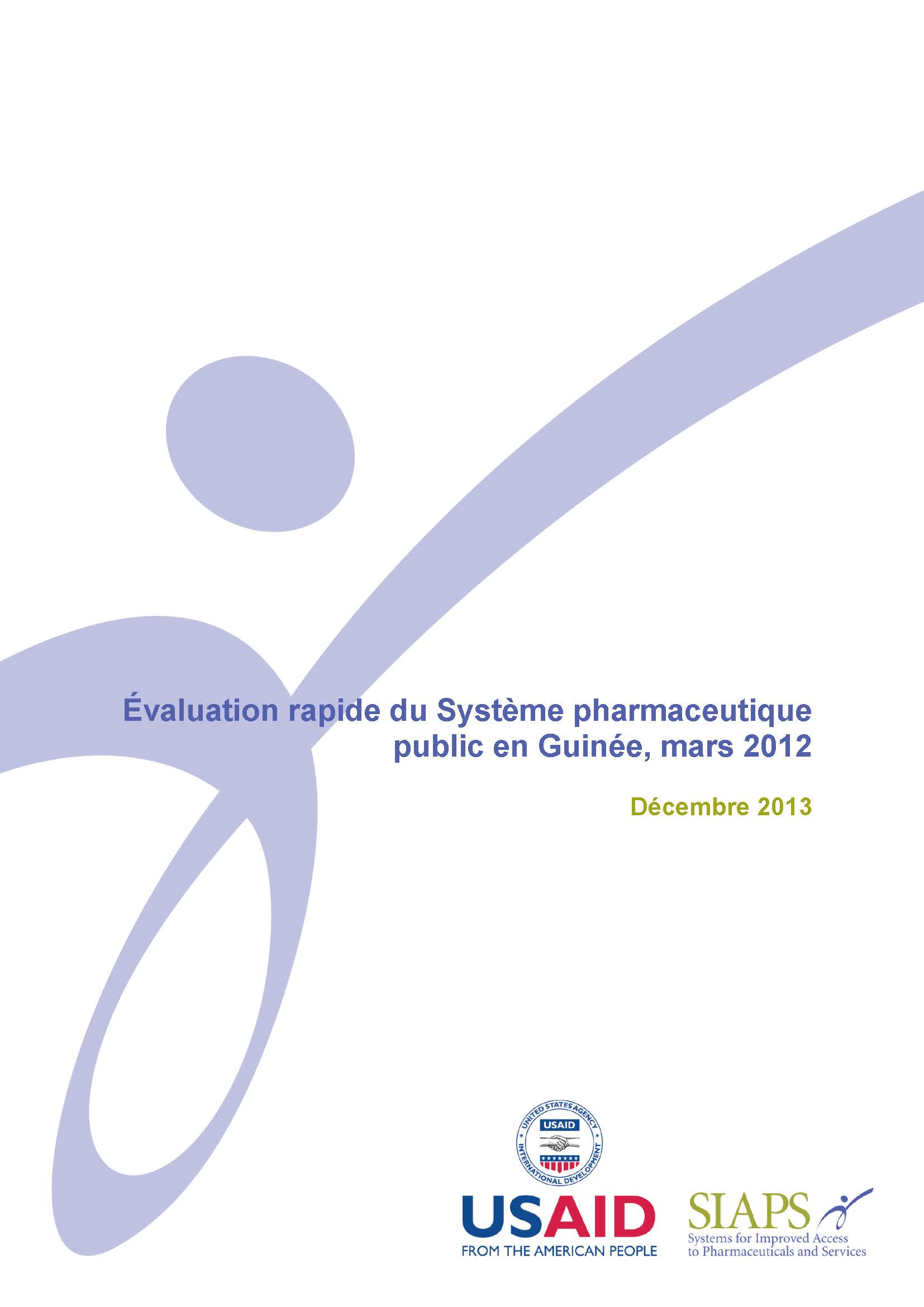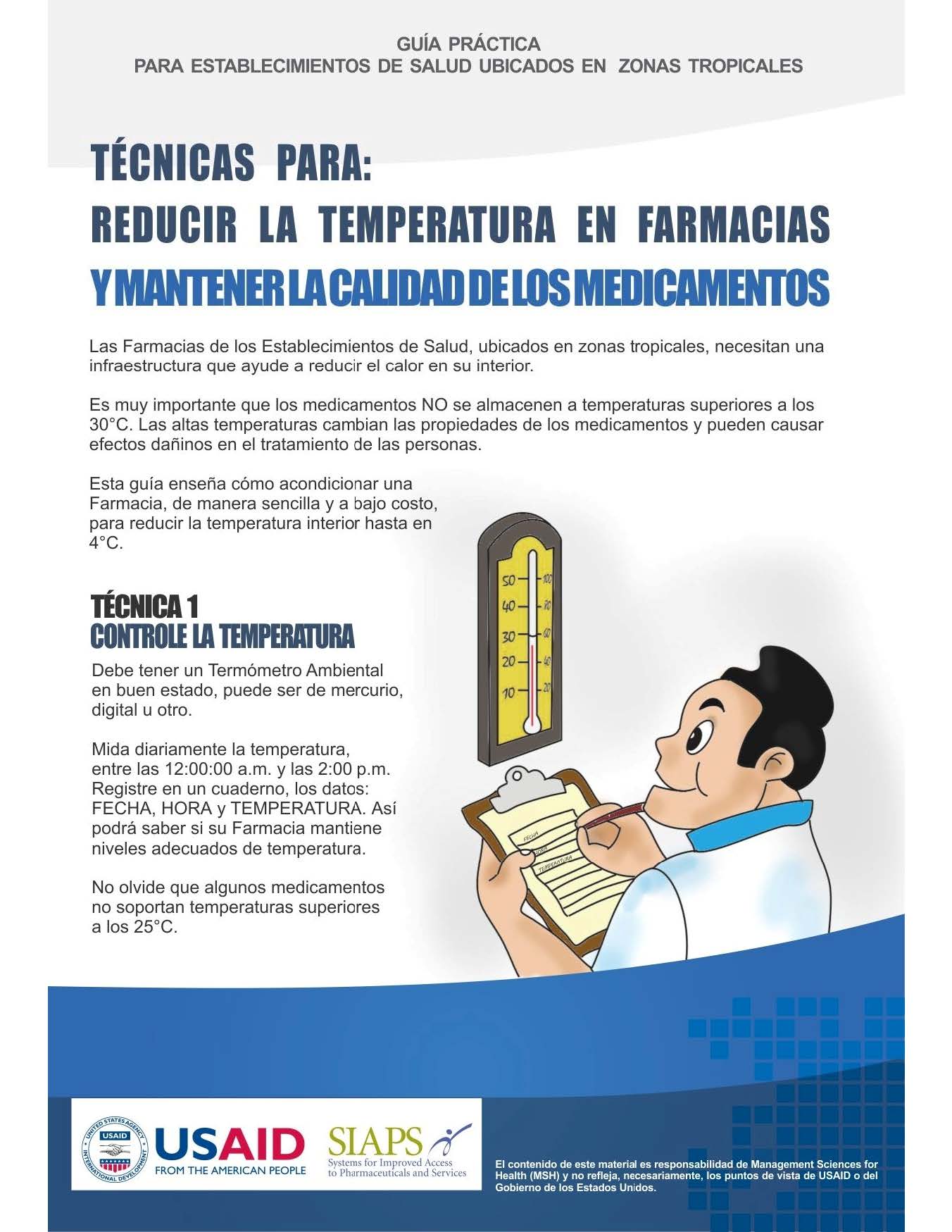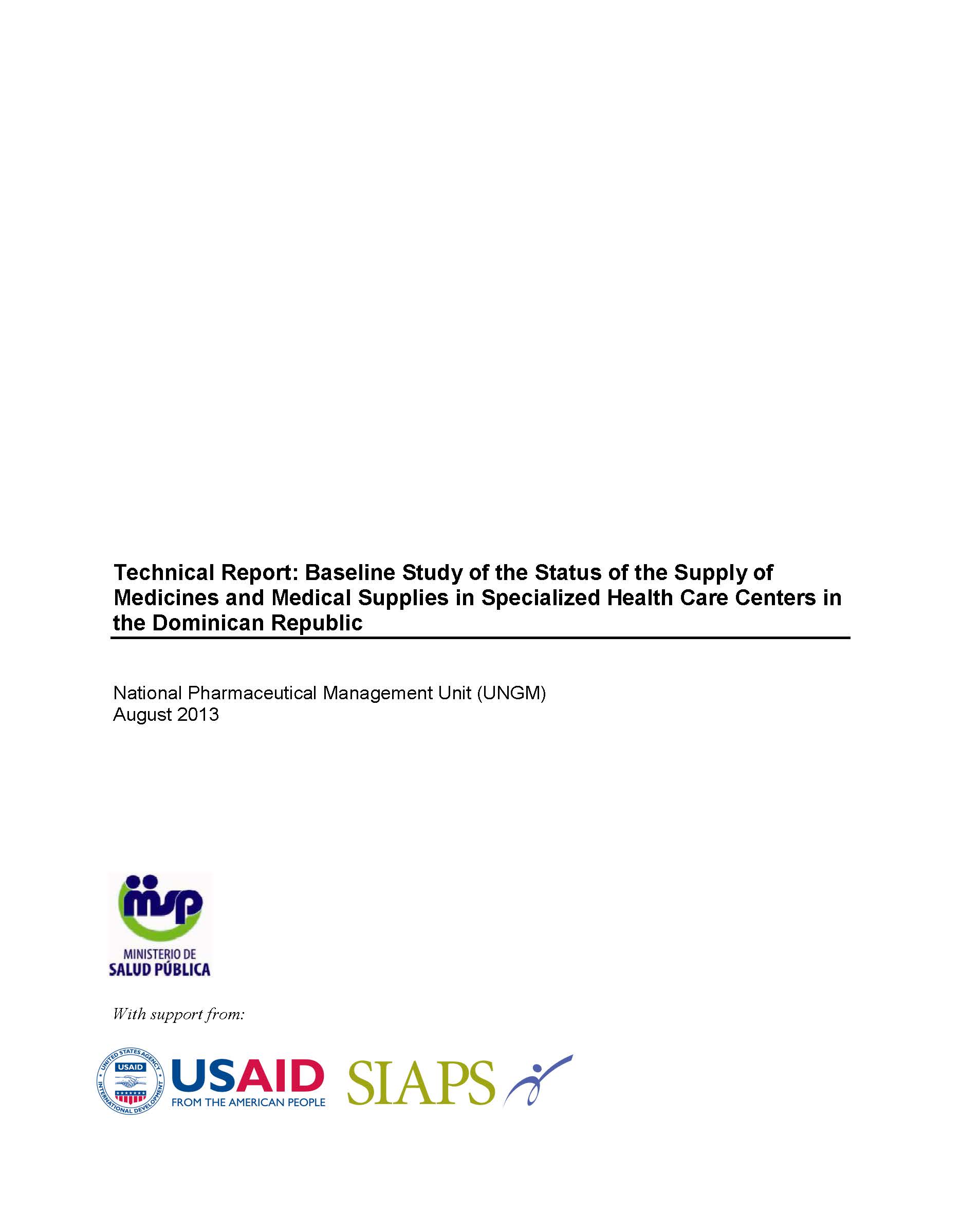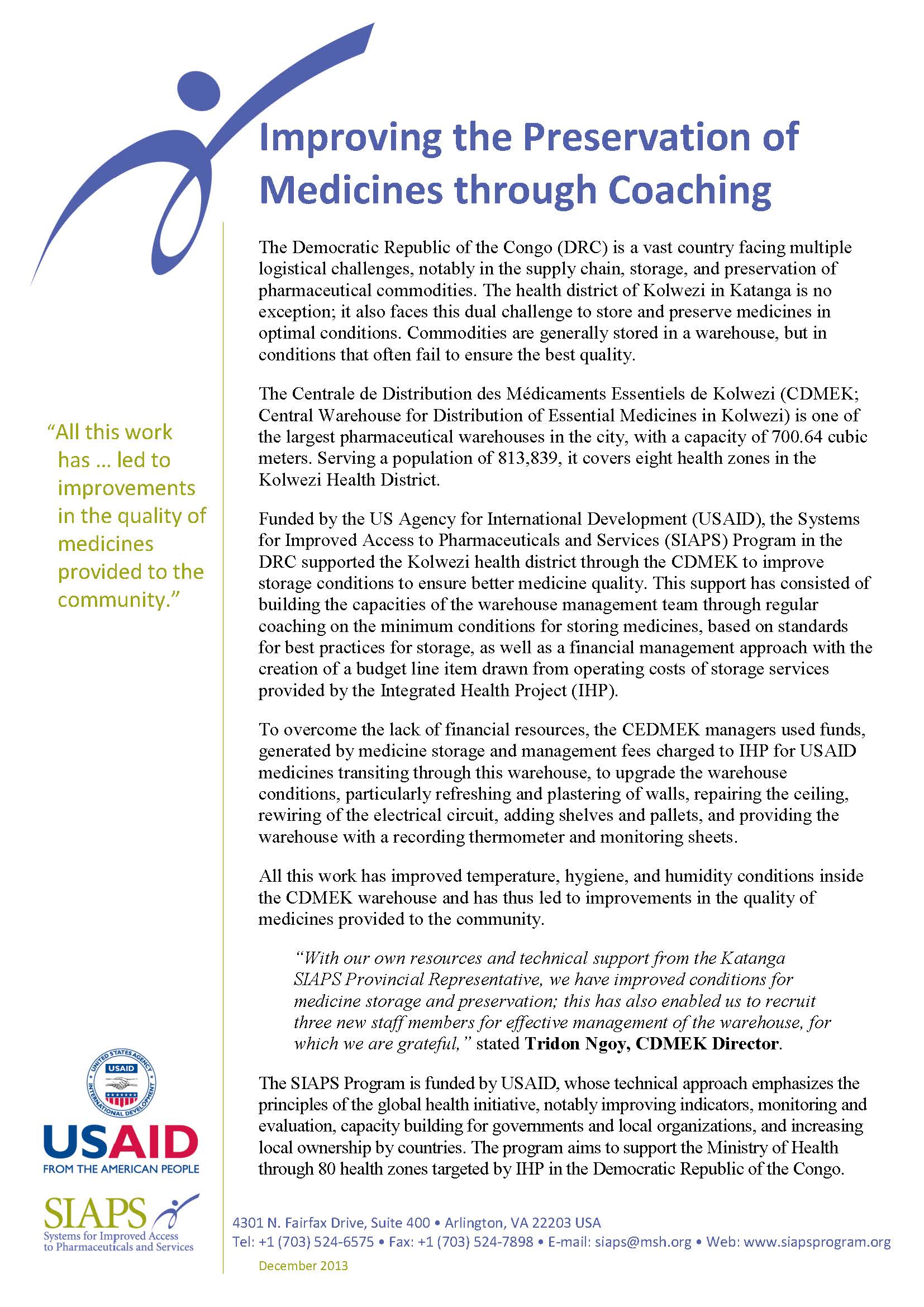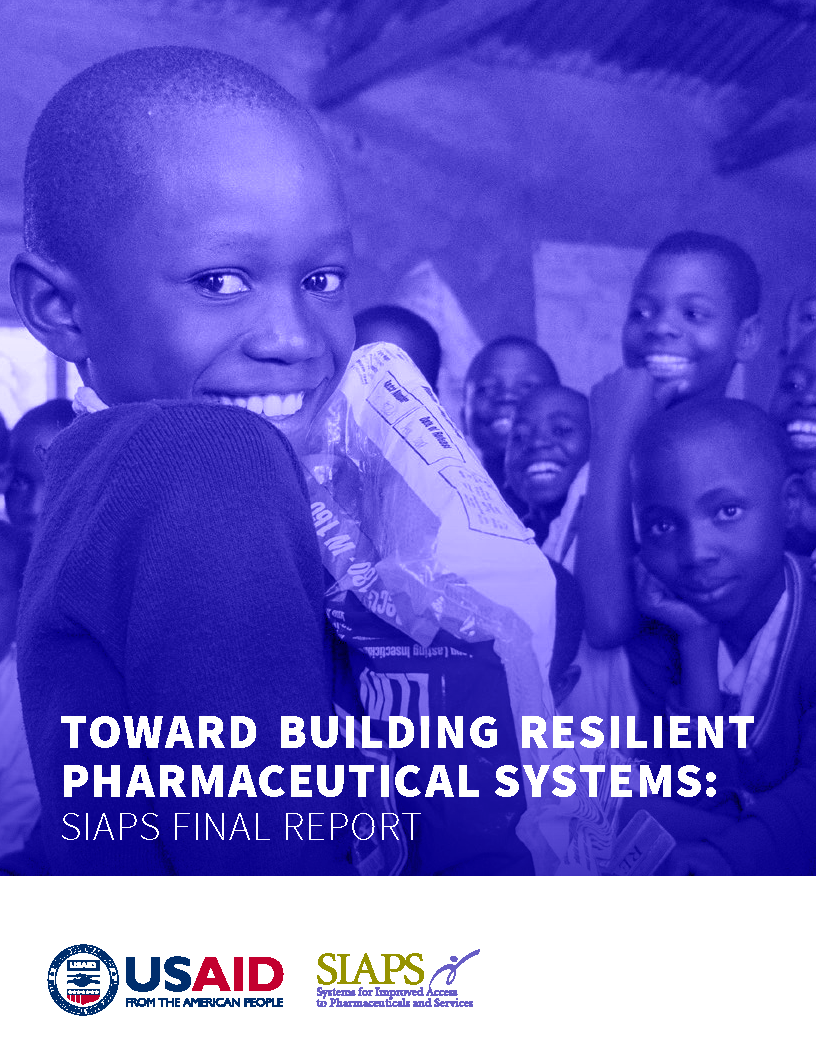This is the report of the first continuous results monitoring and support system (CRMS) exercise in Bombali District, which was conducted in May 2016. The purpose of the report is to highlight the findings and observations of the CRMS exercise. A total of 104 health facilities (HFs) (one hospital, 18 community health centers (CHCs), 57 … Read more
Although SIAPS introduced a number of automated inventory control tools, such as the Facility Electronic Stock Card (FESC) and Electronic Dispensing Tool (EDT) for district hospitals, since June 2015, at the primary health care (PHC) level, inventory control and storage practice are a major challenge and the major cause of stock-out of medicines for antiretroviral … Read more
Supply chain constraints plague current neglected tropical disease (NTD) prevention and treatment programs. The rapid expansion of NTD control activities has not been without pharmaceutical and health system challenges. Inadequate NTD drug management in many countries has resulted in excess stocks, leading to waste resulting from drug expiry or stock-outs, leading to treatment interruption. SIAPS has … Read more
Assessment, Distribution, G Daniel, G Simon, KW Diop, Logistics Management Information System, neglected tropical disease, NTD, Senegal, Storage, Supply chain management, Technical Report
According to the World Health Organization (WHO), poor-quality medicines and inadequate storage conditions are among the contributing factors that result in poor tuberculosis (TB) treatment outcomes and multidrug-resistant tuberculosis. The recommended temperature to retain the quality of TB medicines is below 25°C, but at the peripheral level in Bangladesh, most TB medicines are stored at … Read more
Postpartum hemorrhage (PPH) still remains one of the major causes of maternal mortality, accounting for 35% of all maternal deaths. The World Health Organization (WHO) has recommended oxytocin as the most effective medicine for the prevention and treatment of PPH, particularly for facility-based births. Most countries include oxytocin on their essential medicines lists (EML) as … Read more
A Sangho, B Yeager, EPI, M Doumbia, Mali, MW Pachuto, oxytocin, PPH, S Diarra, Storage, Supply chain management
Évaluation rapide du Système pharmaceutique public en Guinée, mars 2012
To help the ministry understand the strengths, weaknesses, opportunities, and threats in Swaziland’s public health medical supply chain, staff from LMI’s Health Systems Management directorate studied relevant operating procedures and other documentation; conducted a country visit August 10–26, 2012; and developed a complex, multivariate supply chain simulation exercise, including storage facility and transportation optimization excursions. … Read more
Pharmacies that serve health clinics located in tropical areas need infrastructure that will help lower their inside air temperature. It is very important that medicines are stored below 30°C, remembering that certain medicines must be stored at temperatures below 25°C. Higher temperatures tend to change medicine quality, which can make them less effective. This guide provides instruction on … Read more
The Dominican Republic’s National Pharmaceutical Management Unit conducted a study to determine the supply of pharmaceuticals and pharmaceutical products in the specialized health care centers (CEAs). The purpose of this study was to establish supply baseline indicators for managing supplies in order to integrate the CEAs into the country’s Integrated System for Medicines and Supplies Management … Read more
ARV, Assessment, Dominican Republic, essential medicines, Integrated System, pharmaceutical financing, Procurement, Quantification, Specialized Health Care Centers, Storage, SUGEMI, Supply chain management, Technical Report
The SIAPS Program in the DRC supported the Kolwezi health district through the CDMEK to improve storage conditions to ensure better medicine quality. This support has consisted of building the capacities of the warehouse management team through regular coaching on the minimum conditions for storing medicines, based on standards for best practices for storage, as … Read more
